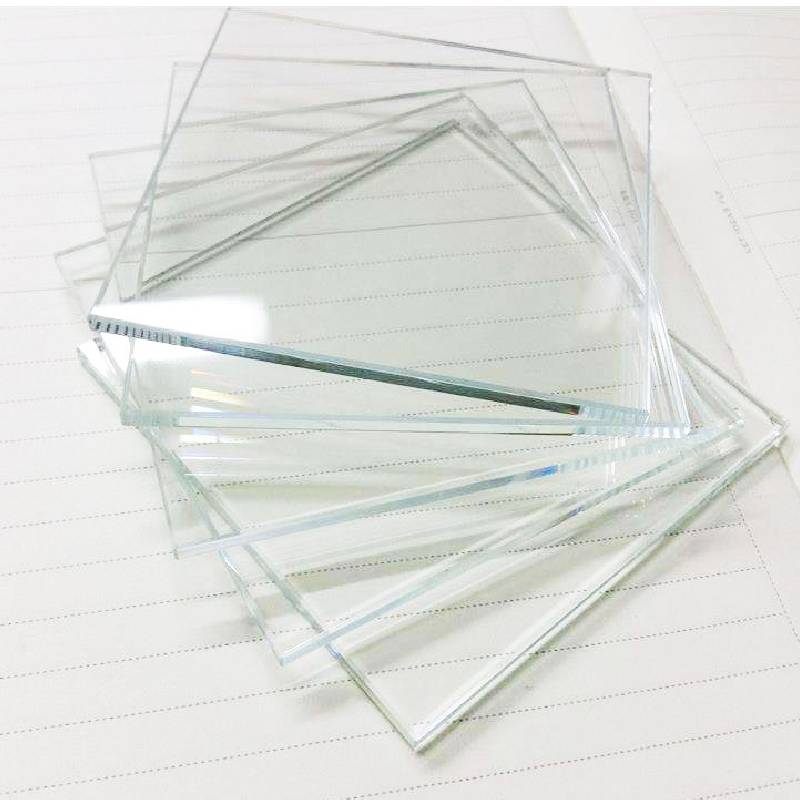Understanding Quality Tempered Glass A Durable Choice for Modern Construction
In the realm of modern architecture and design, tempered glass has emerged as a cornerstone material due to its remarkable strength and safety features. As a material that blends aesthetics with functionality, tempered glass (also known as toughened glass) is increasingly becoming a popular choice for a range of applications — from large commercial buildings to residential homes. This article delves into the qualities of tempered glass, its manufacturing process, applications, and the reasons why it stands out in the glass industry.
What is Tempered Glass?
Tempered glass is produced through a specialized thermal process where glass is heated to high temperatures and then rapidly cooled. This procedure not only enhances its strength but also increases its resistance to thermal stress and impact. The heating and cooling process alters the structure of the glass, making it up to five times stronger than regular glass of the same thickness. This characteristic is crucial in applications where safety and durability are paramount.
The Manufacturing Process
The manufacturing of tempered glass involves a series of precise steps
1. Cutting The process begins with cutting raw glass sheets to the required dimensions.
2. Coating and Polishing Before tempering, the glass is polished, and any imperfections are removed.
3. Heating The glass sheets are then placed in an oven, where they are heated to around 620-680°C (approximately 1150-1250°F). This step is critical as it alters the molecular structure of the glass.
4. Rapid Cooling Following the heating phase, the glass is subjected to a rapid cooling process called quenching. During quenching, air is blown onto the surface of the glass to cool it quickly, creating compressive stresses on the surface and tensile stresses within.
5. Inspection Finally, the tempered glass undergoes a rigorous quality control inspection to ensure it meets industry standards.
Key Benefits of Quality Tempered Glass
1. Safety One of the most significant advantages of tempered glass is its safety features. When shattered, it breaks into small, blunt pieces instead of sharp shards, reducing the risk of injury.
2. Strength and Durability Due to its enhanced strength, tempered glass is resistant to various forms of stress, making it suitable for environments exposed to heavy impacts and extreme temperatures. This durability renders it an excellent choice for both interior and exterior applications.
quality tempered glass
3. Weather Resistance Element exposure can lead to glass degradation, but tempered glass stands up against severe weather conditions, including high winds and hail, making it ideal for facades and windows.
4. Thermal Performance Tempered glass can endure rapid changes in temperature, making it perfect for spaces that experience significant heat fluctuations. It minimizes the risk of thermal breakage, a common problem with standard glass.
5. Aesthetic Appeal Beyond functionality, tempered glass offers a sleek and modern aesthetic, allowing architects and designers to create visually appealing structures with expansive glass surfaces.
Applications of Tempered Glass
The versatility of tempered glass makes it suitable for a variety of applications
- Building Facades and Windows Its strength and insulation properties make it an ideal choice for large windows and building exteriors.
- Shower Doors Given its resistance to humidity and ease of cleaning, tempered glass is widely used in bathroom fixtures.
- Glass Railings In both commercial and residential spaces, tempered glass railings provide safety while ensuring unobstructed views.
- Glass Furniture From tables to shelving units, tempered glass adds elegance while ensuring durability.
- Automotive Glass Car windows and sunroofs often use tempered glass for safety and performance.
Conclusion
Quality tempered glass is undoubtedly a vital component in contemporary architectural design and construction. Combining safety, strength, aesthetic appeal, and versatility, it has positioned itself as a favorite among builders, architects, and designers alike. With ongoing innovations in manufacturing technologies and growing demand for sustainable materials, the future of tempered glass looks promising. As individuals and businesses seek to create both functional and visually striking environments, tempered glass will continue to play a pivotal role in shaping our built world.
 Afrikaans
Afrikaans  Albanian
Albanian  Amharic
Amharic  Arabic
Arabic  Armenian
Armenian  Azerbaijani
Azerbaijani  Basque
Basque  Belarusian
Belarusian  Bengali
Bengali  Bosnian
Bosnian  Bulgarian
Bulgarian  Catalan
Catalan  Cebuano
Cebuano  Corsican
Corsican  Croatian
Croatian  Czech
Czech  Danish
Danish  Dutch
Dutch  English
English  Esperanto
Esperanto  Estonian
Estonian  Finnish
Finnish  French
French  Frisian
Frisian  Galician
Galician  Georgian
Georgian  German
German  Greek
Greek  Gujarati
Gujarati  Haitian Creole
Haitian Creole  hausa
hausa  hawaiian
hawaiian  Hebrew
Hebrew  Hindi
Hindi  Miao
Miao  Hungarian
Hungarian  Icelandic
Icelandic  igbo
igbo  Indonesian
Indonesian  irish
irish  Italian
Italian  Japanese
Japanese  Javanese
Javanese  Kannada
Kannada  kazakh
kazakh  Khmer
Khmer  Rwandese
Rwandese  Korean
Korean  Kurdish
Kurdish  Kyrgyz
Kyrgyz  Lao
Lao  Latin
Latin  Latvian
Latvian  Lithuanian
Lithuanian  Luxembourgish
Luxembourgish  Macedonian
Macedonian  Malgashi
Malgashi  Malay
Malay  Malayalam
Malayalam  Maltese
Maltese  Maori
Maori  Marathi
Marathi  Mongolian
Mongolian  Myanmar
Myanmar  Nepali
Nepali  Norwegian
Norwegian  Norwegian
Norwegian  Occitan
Occitan  Pashto
Pashto  Persian
Persian  Polish
Polish  Portuguese
Portuguese  Punjabi
Punjabi  Romanian
Romanian  Russian
Russian  Samoan
Samoan  Scottish Gaelic
Scottish Gaelic  Serbian
Serbian  Sesotho
Sesotho  Shona
Shona  Sindhi
Sindhi  Sinhala
Sinhala  Slovak
Slovak  Slovenian
Slovenian  Somali
Somali  Spanish
Spanish  Sundanese
Sundanese  Swahili
Swahili  Swedish
Swedish  Tagalog
Tagalog  Tajik
Tajik  Tamil
Tamil  Tatar
Tatar  Telugu
Telugu  Thai
Thai  Turkish
Turkish  Turkmen
Turkmen  Ukrainian
Ukrainian  Urdu
Urdu  Uighur
Uighur  Uzbek
Uzbek  Vietnamese
Vietnamese  Welsh
Welsh  Bantu
Bantu  Yiddish
Yiddish  Yoruba
Yoruba  Zulu
Zulu 

